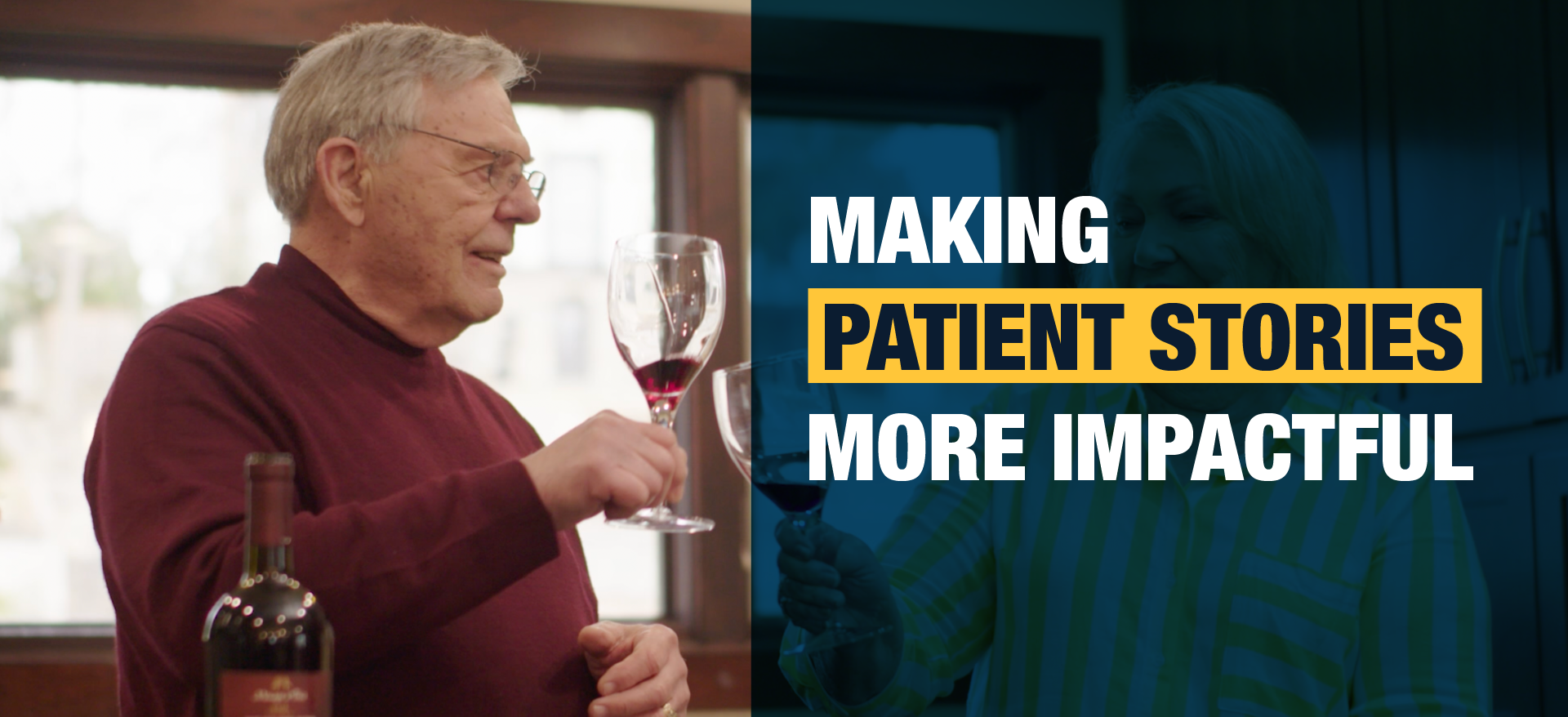People love a good story. Storytelling allows us to captivate the attention of an audience, to communicate our knowledge and experiences, to educate, to move, to motivate, to entertain, and to impact in so many other ways. The role of storytelling cannot be understated. One thing that we find particularly important at Meditech, is the role of storytelling in patient education. We recognize storytelling as an invaluable tool for producing content that more effectively communicates core messages and helps patients understand and manage conditions, and make informed decisions about their care.
The Role of Storytelling in Patient Education
To explain how storytelling can be used as a powerful tool in patient education, let’s explore a recent patient education series that Meditech produced for a company that offers therapy for sleep apnea. The series included two videos that showcased individual patient stories, and one panel discussion video with four patients sharing their personal experiences. Even though these two different styles of video might seem to be communicating very similar sentiments to audiences, the way in which patients share their story in a group setting, versus a one-on-one interview, is very different.
Through the Individual Lens
In the individual interviews we shared the story of each patient not only through their personal accounts but also through their relationships. Relationships are important elements to storytelling because they help us to identify and connect with others through shared experiences. Relationships in this case don’t always need to be between two people. An example from one of the videos is that one patient’s relationship with his hobby and passion was affected by his sleep impairment. Even though audiences have different experiences they are likely sharing the same feelings. Of course, audiences can also see the value in the renewed relationships that patients regain after finding treatment. Stories like these can move someone enough to seek treatment for themselves.
Through the Group Lens
In our patient-panel video, we are taking a different approach to storytelling. The biggest difference between this video and the individual stories is that the audience is able to hear panelists express themselves amongst individuals who have shared experiences and can visibly identify with each other, and build off one another’s experiences. In this case, the group environment has a big impact on the way that these patients tell their story, express themselves, and show acknowledgment for one another. Audiences can easily relate to the shared experience of living with a medical condition.
Stories allow us to create meaningful connections with audiences that wouldn’t be possible otherwise. They can play pivotal roles in people’s lives by helping them to recognize symptoms, understand their own condition, and understand the benefits of treatment. For Meditech, storytelling is critical to every patient education video that we produce and we take pride in knowing that we are helping to bring this information to the people who need it most. If you want to learn more about how you can incorporate better storytelling into your next patient education video, make sure to reach out on our contact page.

